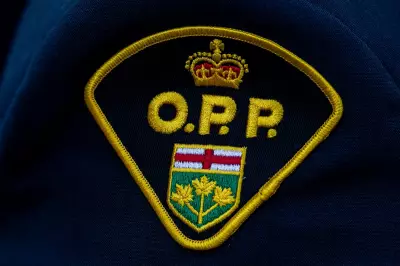
Ottawa's proposed Lansdowne 2.0 redevelopment project is being touted as a transformative urban renewal initiative, but beneath the glossy renderings and promises of revitalization lies a complex web of financial risks that could fundamentally reshape the city's fiscal landscape for decades to come.
The Billion-Dollar Question Mark
At first glance, Lansdowne 2.0 presents an appealing vision: new residential towers, modern retail spaces, and updated sports facilities replacing the aging TD Place arena. However, the financial framework supporting this ambitious project raises serious questions about taxpayer exposure and long-term viability.
Questionable Revenue Projections
The project's financial model relies heavily on optimistic assumptions that critics argue may not materialize. From projected condo sales in an uncertain housing market to anticipated commercial leasing rates that outpace current market trends, the revenue streams underpinning the financing appear increasingly speculative.
The Transparency Deficit
Perhaps most concerning is the lack of comprehensive financial disclosure. Key documents remain shielded from public scrutiny, leaving citizens and independent analysts to piece together the true financial picture from fragmented information. This opacity makes it difficult to assess whether the projected benefits justify the substantial risks.
Who Bears the Burden?
The current proposal places significant financial responsibility on Ottawa taxpayers, with potential cost overruns and revenue shortfalls falling squarely on municipal shoulders. This arrangement has raised alarms among fiscal watchdogs and community advocates alike.
Historical Precedents Raise Concerns
Previous public-private partnerships in urban development have often seen costs balloon while projected revenues fell short. The lessons from similar projects across North America suggest that municipal governments frequently end up assuming greater financial responsibility than initially anticipated.
The Opportunity Cost Consideration
Beyond the direct financial risks lies the question of opportunity cost. The substantial investment required for Lansdowne 2.0 could potentially fund multiple other city priorities, from affordable housing to infrastructure improvements and enhanced public services.
A Call for Prudent Reevaluation
As Ottawa stands at this crossroads, many are urging city officials to slow the approval process and subject the proposal to more rigorous independent analysis. Key concerns that demand addressing include:
- Comprehensive stress testing of financial assumptions under various economic scenarios
- Full disclosure of all project documents and risk assessments
- Clear mechanisms for protecting taxpayers from cost overruns
- Alternative development options that might achieve similar goals with reduced risk
The decision on Lansdowne 2.0 represents more than just another urban development project—it's a test of municipal governance, fiscal responsibility, and the city's commitment to transparent decision-making that truly serves its citizens' long-term interests.





